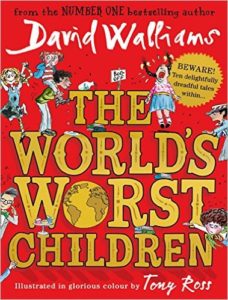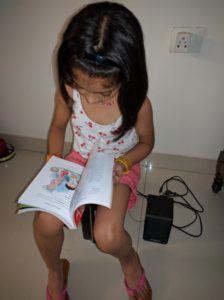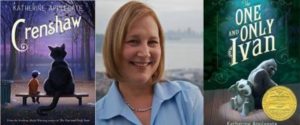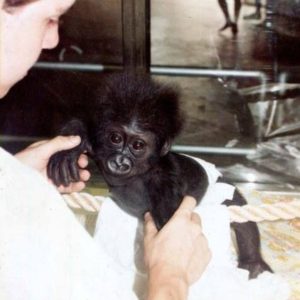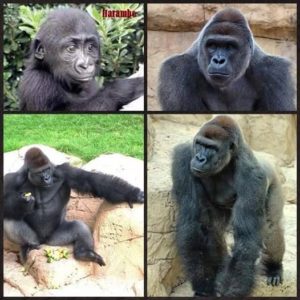David Walliams’s “The World’s Worst Children 2”
My review-article of David Walliams’s The World’s Worst Children 2 was published in The Hindu Literary Review on 3 September 2017 titled “The boy who never did his homework“. I am c&p the text here as well:
David Walliams’s The World’s Worst Children 2 is a fabulous collection of short stories about 10 obnoxious little brats. There is Cruel Clarissa, Harry who never ever did his homework, Competitive Colin, Trish the Troll, Spoiled Brad, Gruesome Griselda and others. The scrumptious book has been “illustratred in glorious colour” by Tony Ross. (The very Tony Ross, who, statistics show, is the most borrowed illustrator from U.K. libraries. In 2016, his books were borrowed more than 1 million times.) Walliams and Ross have been collaborating on books for children and young adults for quite a few years now.
Walliams is often considered to be the modern Roald Dahl. Incidentally, Walliams’s first book for children was illustrated by Quentin Blake, who is known for his illustrations of Roald Dahl’s books. Along with Ross, Walliams insists there be a picture on every page. The two books of the TheWorld’s Worst Children is sumptuously produced, with embossed lettering on the cover, gilt foil worked in to the design, and four-colour illustrations with a fascinating play of fonts throughout the text. Every page has the illustration carefully
placed in such a manner that it perfectly complements the text.
Climb a mountain
It works beautifully for young readers as well as for readers who require assisted learning. “It’s about hooking them in and not making reading seem like a chore,” Walliams says. “I think reading is important because not only do you miss out on great literature if you don’t do it, but also you miss out on finding out about new ideas and the opportunity to use your own imagination.”
Walliams is otherwise famous as a stand-up comedian. His comic talent has found its way into writing. His stories are often about children of the kind we encounter everyday — ordinary, privileged, gentle, horrendous. Without being patronising, but with humour, he writes about the world as the child sees it — a stark place, in black and white.
Even his caricatures make one chuckle with delight for they hold up a mirror to the child’s world, serving the dual purpose of telling a story while delivering a message. He compares the process of writing his manuscripts to that of climbing up a mountain. He perseveres despite the effort because, “I really like the simplicity of children’s literature. It’s a challenge because often you’ve got quite complex ideas you’ve got to put into very simple terms.”
Spoilt brats
This is apparent in his novels. For instance, in Billionaire Boy, a rich spoilt kid is also very lonely for he lacks a friend; Midnight Gang is about patients in a children’s hospital whose parents never visit them and who are left at the mercy of a harsh and unsympathetic matron; Mr Stink narrates the unlikely friendship between a lonely girl Chloe and the local stinky tramp Mr Stink, the only person who’s ever been nice to her. Gangsta Granny and Grandpa’s Great Escape are about grandparents and help create concern among children for the ailments and idiosyncrasies of old age. Controversy tails successful writers: some years ago, Anthony Horowitz had accused Walliams of creating “dumbed down books” for children.
But the criticism does not seem to be fair. Walliams’s stories are empathetic towards children: he has the knack of capturing the authoritarian and at times unreasonable voice of the adult. Hope exists in the form of a good soul lurking nearby, usually an adult who too has been marginalised by society.
To know what happens to the world’s worst children, read the book. A treat awaits!
David Walliams The World’s Worst Children 2 HarperCollins Children’s Books, London, 2017. Pb. pp. 300
3 September 2017

